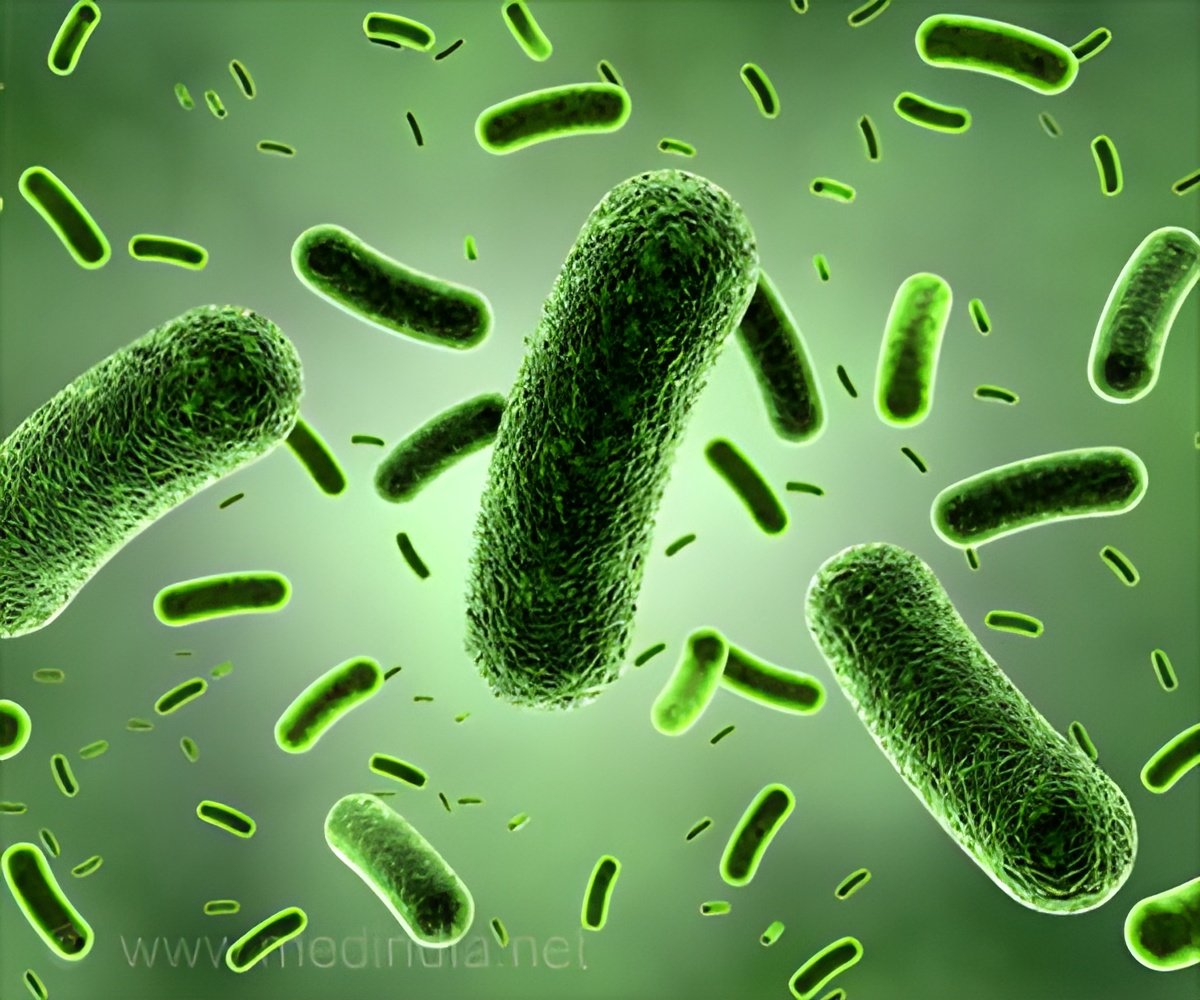
“We identified two structures that help explain the molecular underpinnings of C. difficile toxicity,” said study co-author David Weber, Ph.D., a Professor of Biochemistry and Molecular Biology and Director of the Center for Biomolecular Therapeutics at UMSOM. “These structures will be important for targeting this human pathogen using structure-based therapeutic design methods.”
Certain C. difficile infections are notoriously difficult to treat and often arise from antibiotic therapy given to fight other infections, which wipes out the beneficial bacteria that normally keep C. difficile bacteria in check.
More than 500,000 cases occur annually in the United States, according to the Centers for Disease Control and Prevention, resulting in an estimated 15,000 deaths, usually from strains that are resistant to antibiotic treatment.
There is currently no drug approved by the Food and Drug Administration that targets the C. difficile toxin (CDT) or “binary toxin”.
The work was done in conjunction with researchers at the City University of New York, City College of New York, the National Institute of Standards and Merck & Co.
Advertisement
For example, they will investigate how the active binary toxin complex assembles and dissociates, how it binds to a healthy cell in a patient’s gastrointestinal tract and how it enters the cell.
Advertisement
Source-Newswise






